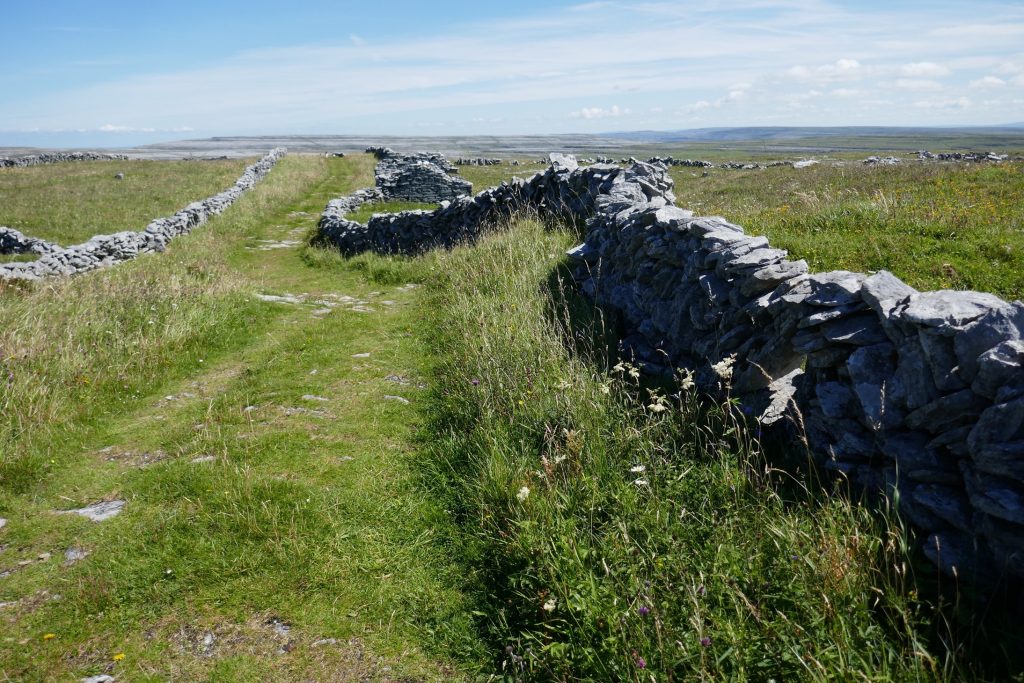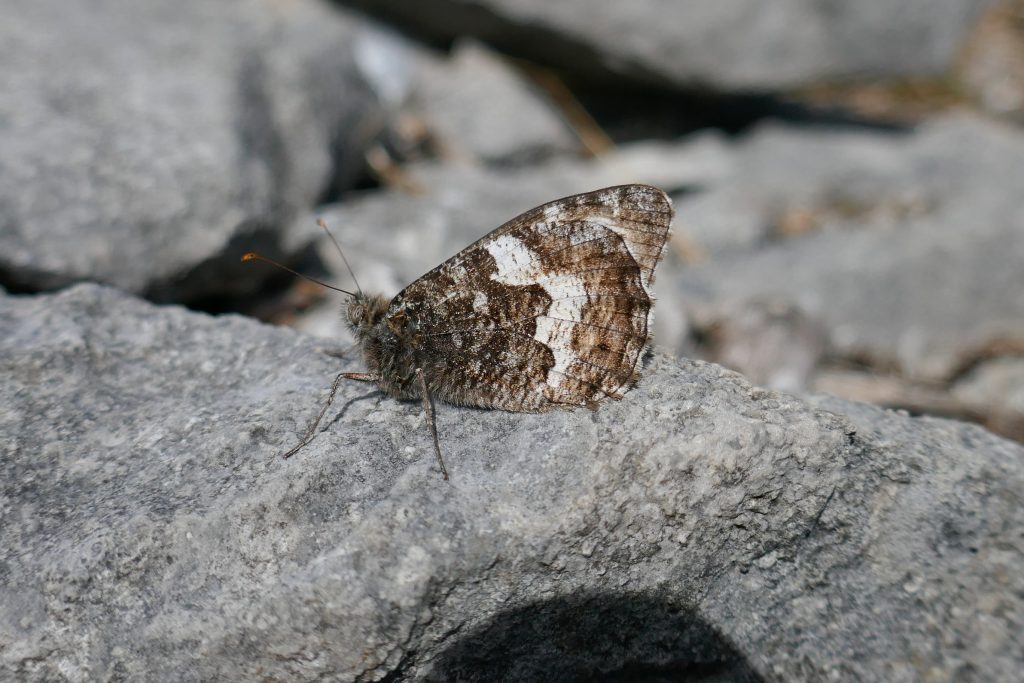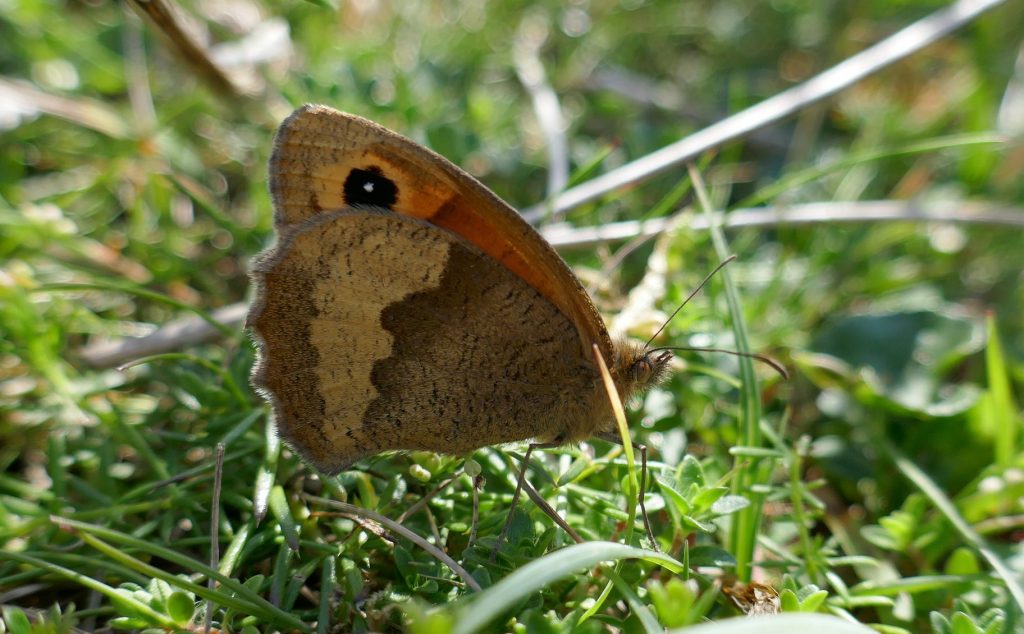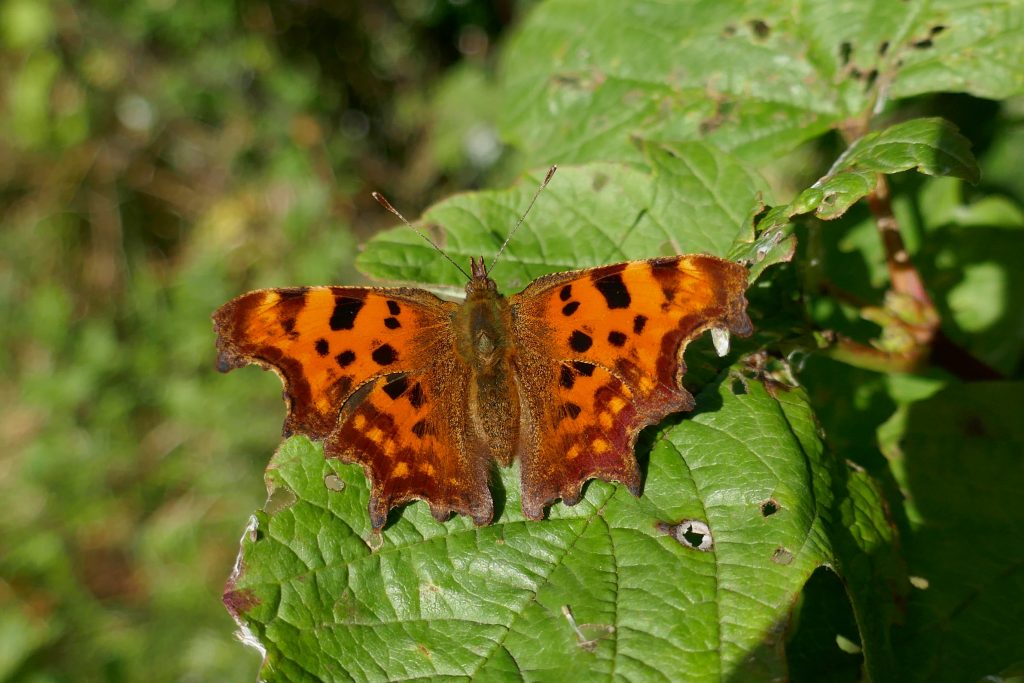Biodiversity Ireland Issue 2 Autumn/Winter 2023 has been published by the National Biodiversity Data Centre. Among other interesting biodiversity topics, it reports on trends in Ireland’s butterflies, giving interesting information about abundance trends in 2022 plotted against 2008, the baseline year for recording butterflies in Ireland using transects and phenology or specifically in this case, the timing of butterfly flight periods.
Just a quick reminder about what butterfly transect walking involves. In Ireland, the main flight period lasts from April to September. Accordingly, a fixed route likely to contain butterflies is walked once a week from 1 April to 30 September, and the number of each butterfly species is recorded. The data is sent to the National Biodiversity Data Centre where it is added to their database and analysed for abundance and phenology trends.
It is interesting to walk a transect, not just for the pleasure it brings but to see how nature changes through the seasons and between years. However, sometimes the findings are more interesting than we would like them to be. The National Biodiversity Data Centre has found that there was an overall decline of -57% in the number of butterflies flying in 2022 compared to 2008. This information reflects the flight data of the 15 most common butterflies. Just a reminder that 2022 was one of the warmest years globally, and Ireland had hot weather in July and August when many of our butterflies are at their flight peaks so we might have expected higher numbers. I recall being in the Burren in early August 2022, in beautiful habitats and being underwhelmed by the number and range of butterflies on show. Here is my record for 6 August 2022:
Small Copper 3, Common Blue 2, Brown Hairstreak 5 (female 1), Speckled Wood c.6, Grayling 3, Meadow Brown 28, Ringlet 2, Small Heath 2 between R 30322 94432 and R 29846 94242, Knockaunroe, Co. Clare. Sunny, breezy, c.17C.
Note the absence of Wood White, Brimstone, Small Tortoiseshell, Peacock, and Silver-washed Fritillary, among others, from the records. It is possible that the warmth of July 2022 brought an early close to the flight period of Wood White, Brimstone, Peacock and Silver-washed Fritillary. However, to see not one of any of these species is strange, especially as all these butterflies (apart from Wood White) were being recorded elsewhere in Ireland at that time.

Regarding individual butterfly species, 12 of the 15 showed declines since 2012, two (Brimstone and Holly Blue) showed stable trends, while one, the Peacock, showed an increase. Numbers of some grass-feeding species, such as Speckled Wood, Meadow Brown and Ringlet show dramatic falls since 2008. Cryptic Wood White, Orange-tip, and the three common whites show big declines too. The decline in the numbers of common butterflies is worrying because these are mobile, have a range of caterpillar foodplants or one or two very common foodplants and are not confined to habitats that are restricted in Ireland, like limestone pavement or ancient woodland. Such declines suggest that the general environment is becoming less hospitable to wildlife generally.
What about the less common butterflies? There is less data for these, but the data suggests that Dark Green Fritillary, Wall Brown and Grayling have a slight downward trend, while Dingy Skipper looks stable. The report does not provide data for the other less common butterflies, like Pearl-bordered Fritillary, Marsh Fritillary or any of the hairstreaks.

The 2022 season shows that the peak of the flight periods occurred two weeks earlier than the peak seen in 2021. The increased heat in 2022 is likely responsible for this difference. While some butterfly species (Speckled Wood, Meadow Brown and Small Heath are examples ) will emerge over a lengthy period, spreading the risk of emerging in bad weather over several weeks and even months, prolonged warmth and high levels of direct sunshine may result in larvae of some species developing faster and more reaching maturity together, culminating in a mass emergence over a shorter time.

This can be risky if a mass emergence is in progress and a prolonged spell of bad weather strikes. I have seen this happen to the Marsh Fritillary on my transect on Lullybeg Reserve. A population crash occurs the following year because only a small number of individuals get to produce offspring. Recovery occurs over time, but in some cases, the entire population is wiped out. This is not disastrous when the population is functioning properly because the unoccupied site will be repopulated from a nearby colony. The problem arises when there is no nearby population.
The article does not dig into the reasons for the population decline. The reasons are deeper than weather conditions, relating to habitat availability, quality and likely, pollution from intensive farming and industry. That is for another post.
If you would like to establish a transect close to where you live to help monitor our and your butterflies, please email our recording partners: butterflies@biodiversityireland.ie



